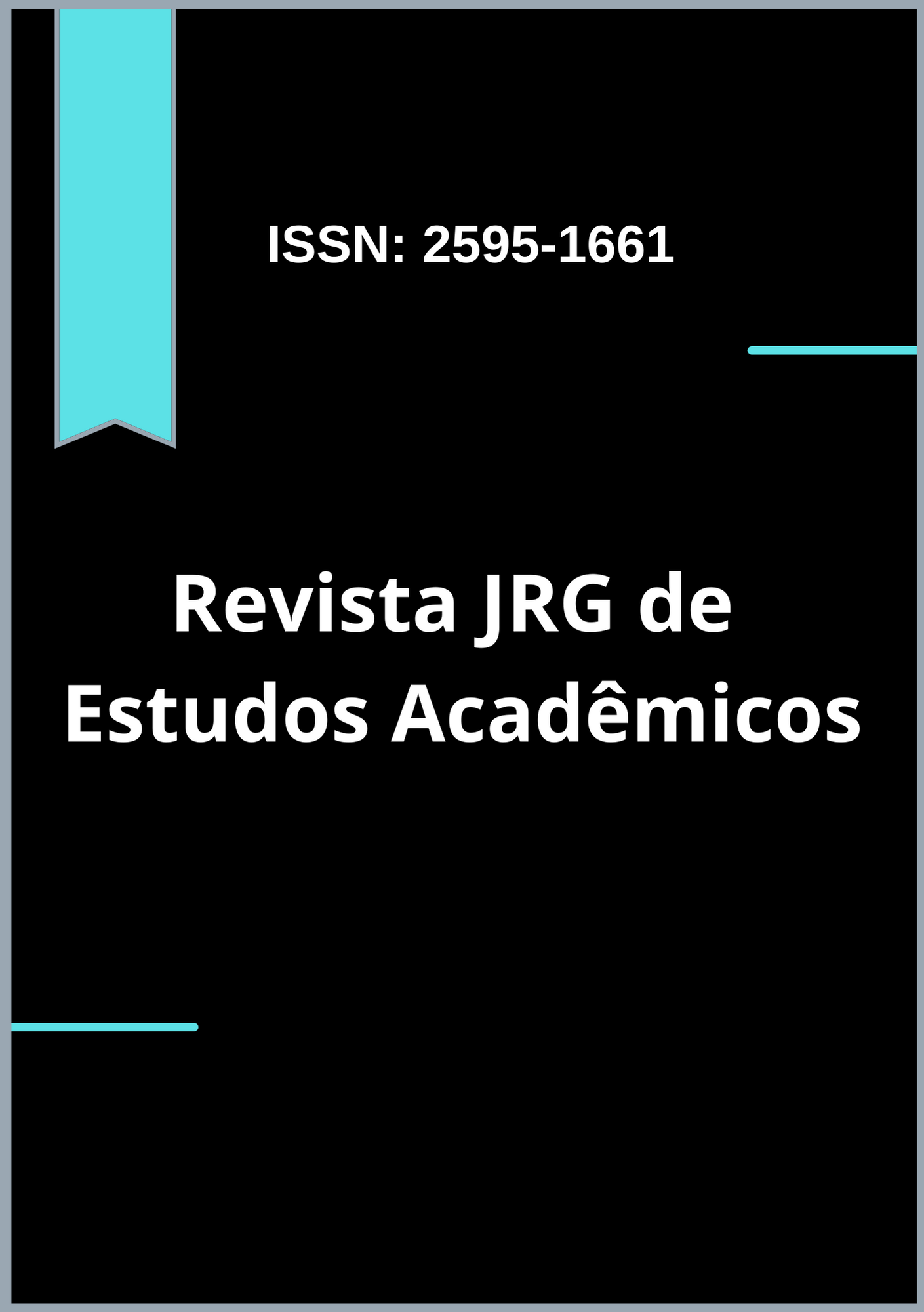Ambiguity as stratage in the formulation of the discourse of historical advertising items
DOI:
https://doi.org/10.5281/zenodo.8083602Keywords:
Ambiguity. Metaphor. Stratagem. Semantics. Advertising.Abstract
The objective of this article is to recognize the semantic stratagems used in the elaboration of the discourse of some historical advertisements, published in the 20th century. From this, we will delimit the specific objectives of analyzing the semantic phenomena of ambiguity and metaphor as meaning resources of advertising pieces. Therefore, an attempt will be made to discuss how the use of these semantic properties contribute to the construction of the reader's persuasion, transforming him into a possible customer of the advertised product. In the methodology of this study, we sought to observe the semantic phenomena of ambiguity and metaphor used in the elaboration of speeches present in certain historical advertising films. The corpus was collected directly on the platform: www.propagandashistoricas.com.br. The collected sample consisted of 2 advertising pieces, which we instigated the following semantic resources: Corpus 1 (Give it to your boyfriend) and Corpus 2 (Elect bombril). For the corpus selection criteria, we considered advertising texts formulated from the following semantic properties: ambiguity and metaphor. As a result, it is proposed that ambiguity is a ploy of corpora 1 and 2 for the formulation of sexual metaphor (corpus 1) and political discourse (corpus 2).
Downloads
References
ARAÚJO, Leonardo. PROPMARK. Relembre os presidentes clássicos nas propagandas de Bombril. 2018. Disponível em: https://propmark.com.br/mercado/relembre-os-presidentes-classicos-nas-propagandas-de-bombril/. Acessado em: 15 Mar. 2023.
CANÇADO, Márcia. Manual de Semântica: noções básicas e exercícios. – 2ª edição, 4ª reimpressão. – São Paulo: Contexto, 2022.
CORTAZZI, Martin; JIN, Lixian. (1999). Bridges to learning: Metaphors of teaching, learningand language. In: L. Cameron & G. Low (Eds.): Researching and ApplyingMetaphor (pp.149-176). Cambridge: Cambridge University Press, 1999.
COUTINHO, Renata Corrêa. Publicidade e Propaganda: aspectos históricos. Fema (Assis/SP), 2011. Disponível em: http://bocc.ufp.pt/pag/coutinho-renata-publicidade-e-propagandaaspectos-historicos.pdf. Acessado em: 27 set. 2021.
DA GAMA KURY, Adriano. Novas Lições de Análise Sintática. São Paulo – SP: Editora Ática S. A., 1993.
DE CARVALHO, Maurício Brito; DE SOUZA, Ana Cláudia. As metáforas e sua relevância no processo de ensino-aprendizagem de língua estrangeira. Fragmentos: Revista de Língua e Literatura Estrangeiras, v. 24, 2003.
DICIO. Dicionário online de Português. Conativo. 2018. Disponível em: https://www.dicio.com.br/conativo/. Acessado em: 25 out. 2021.
FARACO, Carlos Alberto. Linguística histórica: uma introdução ao estudo da história das línguas. São Paulo: Parábola editorial, 2006.
FERRAREZI JÚNIOR, Celso. Semântica. – 1ª ed. – São Paulo: Parábola, 2019.
FERREIRA, Marcelo. Semântica: Uma introdução ao estudo formal do significado. São Paulo: Contexto, 2022.
FIORIN, José Luiz. A linguagem em uso. In: FIORIN, José Luiz. Introdução à linguística. (Org.). – 6ª ed., revista e atualizada. – São Paulo: Contexto, 2010.
GIL, Antonio Carlos. Como elaborar projetos de pesquisa. São Paulo: Atlas, 2002.
GUYTON, Arthur Clifton. Fisiologia humana. Rio de Janeiro: Guanabara Koogan.1998.
ILARI, Rodolfo; GERALDI, João Wanderley. Semântica. São Paulo: Editora Ática, 1993.
LAKOFF, George; JOHNSON, Mark. Metafora e vita quotidiana. Roi edizioni, 2022.
MACÊDO JÚNIOR, Adriano Menino et al. As técnicas argumentativas (o paradoxo e a narração) em peças publicitárias históricas: um estudo sincrônico do século XX. CONTRIBUCIONES A LAS CIENCIAS SOCIALES, v. 16, n. 2, p. 672-701, 2023.
MAFRA, Adriano. Analogias, metáforas e ensino: a sala de aula em foco. Scientia Traductionis, v. 6, 2008.
MARCONI, Mariana de Andrade; LAKATOS, Eva Maria. Fundamentos de metodologia científica. 5. ed. São Paulo: Atlas, 2003.
MARTELOTTA, Mário Eduardo. Manual de linguística. Editora Contexto, 2008.
MARTINS, Nilce Sant’anna. Introdução à estilística: a expressividade na língua portuguesa. – 2ª ed. rev. e aum. São Paulo: T. A. Queiroz: 1997. – (Biblioteca universitária de língua e linguística; v. 8).
MONNERAT, Rosane Santos Mauro. O discurso publicitário e o jogo de máscaras das modalidades discursivas. Veredas-Revista de Estudos Linguísticos, v. 3, n. 2-, 1999.
OLIVEIRA, Luciano Amaral. Coisas que todo professor de português precisa saber: a teoria na prática. São Paulo: Parábola Editorial, 2010.
OTTONI, Paulo. A tradução “entre” o ensino e a aprendizagem: como seguir regras sem dispor de regras para aplicar regras. Tradução & Comunicação: Revista Brasileira de Tradutores, São Paulo, n. 12, 2003.
PÁDUA, Isabel Campos Araujo. Analogias, metáforas e a construção do conhecimento: por um processo ensino-aprendizagem mais significativo. Reunião Anual da Associação Nacional de Pós-Graduação e Pesquisa em Educação: novo governo, novas políticas, 2003.
REBOUL, O. Introdução à retórica. Tradução de Ivone Castilho Benedetti. 2 ed. São Paulo: Martins Fontes, 2004.
REIS JÚNIOR, DALMIR. Casa das Cuecas (Dia dos Namorados) – 1982. Propagandas Históricas, 2023. Disponível em: https://www.propagandashistoricas.com.br/2013/05/casa-das-cuecas-dia-dos-namorados-1982.html. Acessado em: 01 mar. 2023.
REZENDE, Graciele Silva. ESTRATÉGIAS DISCURSIVAS EM PUBLICIDADES BRASILEIRAS DE CERVEJA. Orientador: Prof. Dr. Renato de Mello. 2006. Dissertação de mestrado – Faculdade de Letras da Universidade Federal de Minas Gerais, 2006.
SCHÄFFNER, Christina. Metaphor and translation: some implications of a cognitive approach. Journal of pragmatics, v. 36, n. 7, 2004.
SOUZA, Ana Cláudia de et al. Leitura, Metáfora e Memória de Trabalho: três eixos imbricados. 2004. Tese (Curso de Pós-Graduação em Linguística) – Universidade Federal de Santa Catarina, Florianópolis, 2004.











































